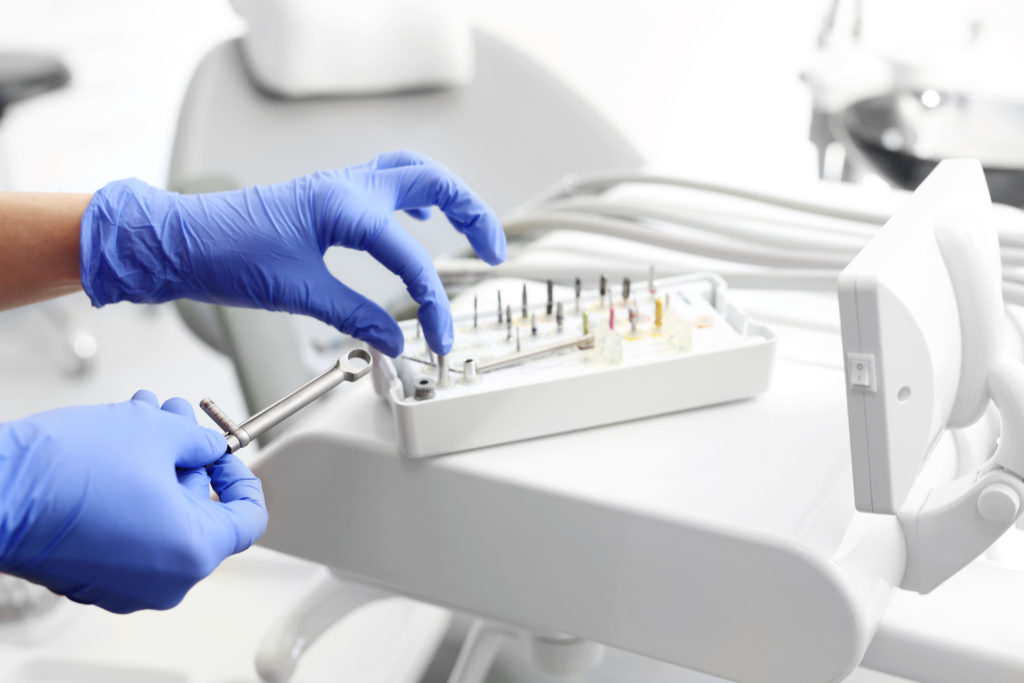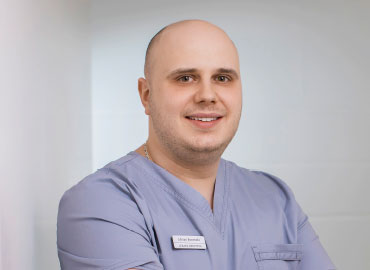
Implant prosthetics
Contrary to common belief, the implant is the least invasive method of filling missing teeth. Full recreation of the natural physiology of teeth, together with high aesthetics, are the causes of regular growth of interest in tooth implants.

The implant is the most durable and effective mode of filling missing spots in the oral cavity. As the sole prosthesis, it is able to stop bone loss, a typical process after the loss of a natural tooth.
Implantation is a procedure that carries with itself a certain cost, but this is a long-term investment. In addition, the prosthesis itself made on top of an implant is the same price as when made on top of a traditional tooth (the price difference is the implantation of the ‘screw’ and the connector).
The procedure success rate is very high in medical terms. Positive integration with bone tissue remains in 98% of cases after three years. With proper hygiene, after ten years, 95% of implants remain strongly fixed to the bone. Early rejection can be seen in rare cases. It is most commonly seen in the first two weeks of the treatment. However, this is not a hazard for the patient. After a certain time, after the would heals, implantation can be attempted again. Theoretically, an implant should be indestructible, but no dental specialist will give an infinite warranty for their patient. There are no guarantees in medicine – there are statistics that change as implant production technologies develop. Teeth on implants will only help those patients who take on the obligation to maintain proper hygiene. The patient must participate in maintaining the implantation effect, so as to prevent inflammation of the gums. A great smile will accompany the patient for years only if they cooperate closely with the medical specialist.
Our clinic offers two high-quality implant systems, the German Ankylos, and Bicon originating from the United States. The system is chosen individually, depending on the conditions in the mouth, and patient preferences.
The most important property of both these systems is the so-called conical connector between the implant and the joint, which eliminates micromovements and prevents bacteria from getting to the implant neck. These two factors are, beside proper hygiene, the main cause of tissue inflammation at the implants, and of bone loss, leading to loss of the implant in the future.
The use of the short implant system, Bicon, largely limits the indications for application of bone reconstruction procedures and elevation of the bottom of the maxillary sinus. This way, the anatomical structures of the patient are protected, the procedure time is reduced, and the costs are minimised. The smallest implant is sized at 4 x 5 mm.
Pricing


** By sending out the form, you agree to our terms.



